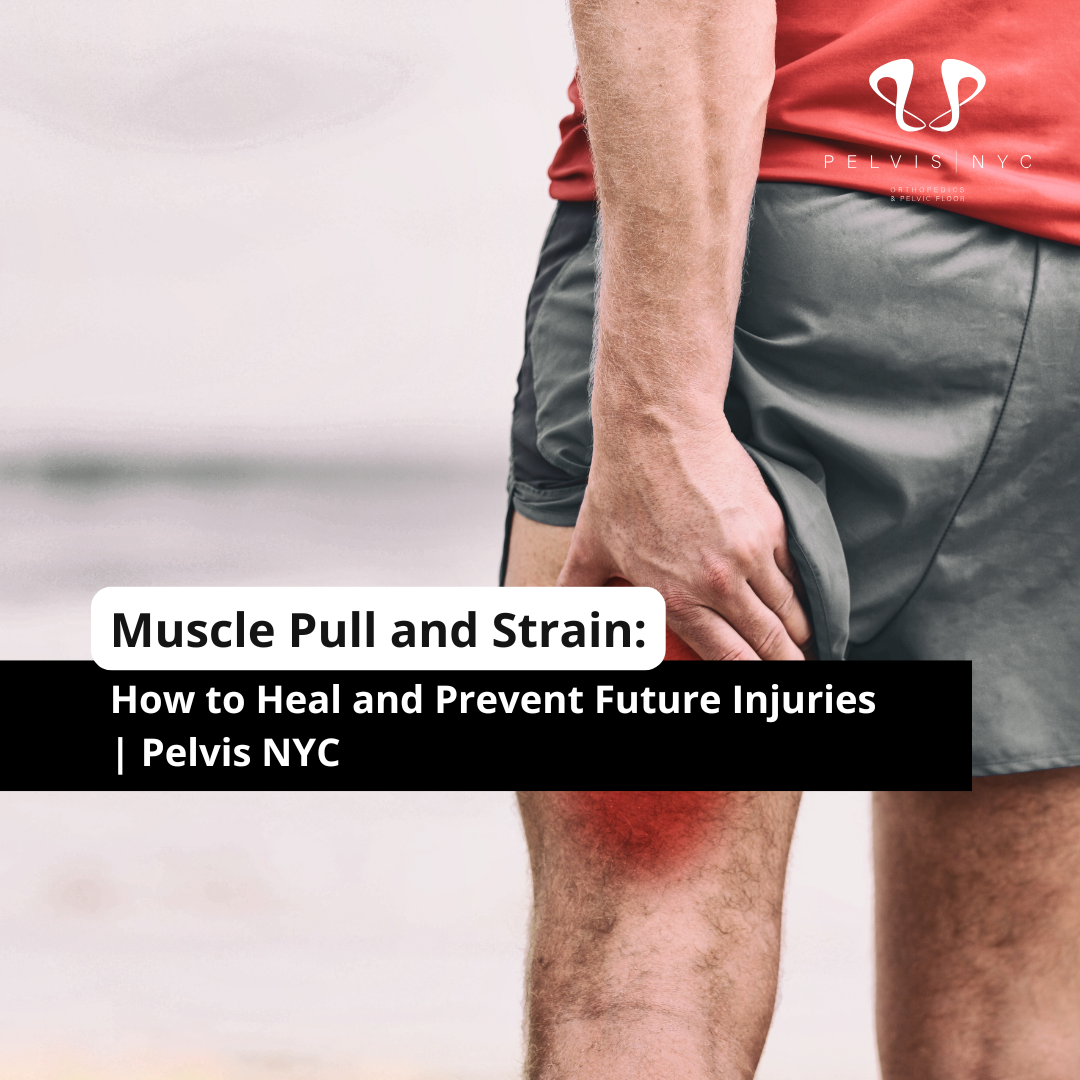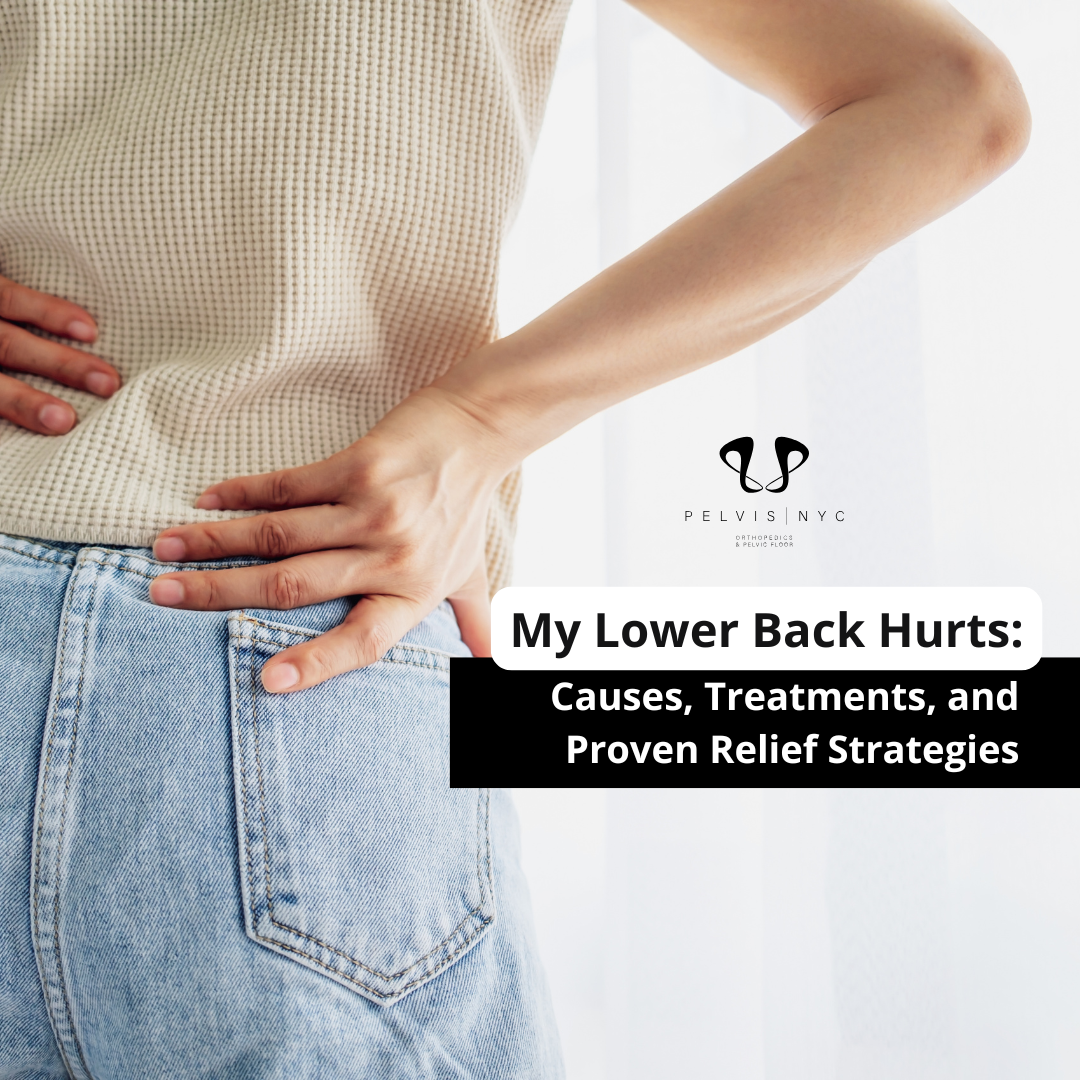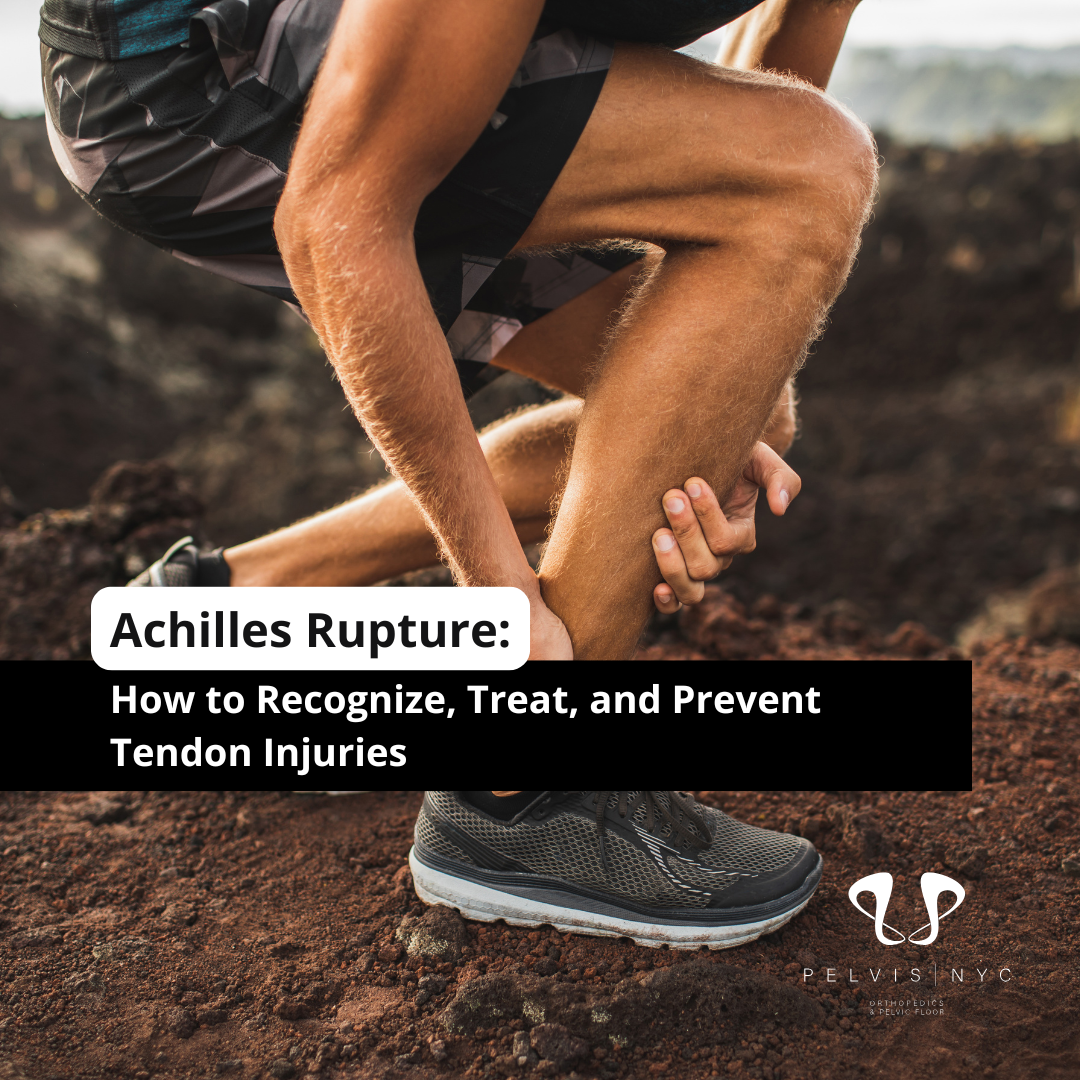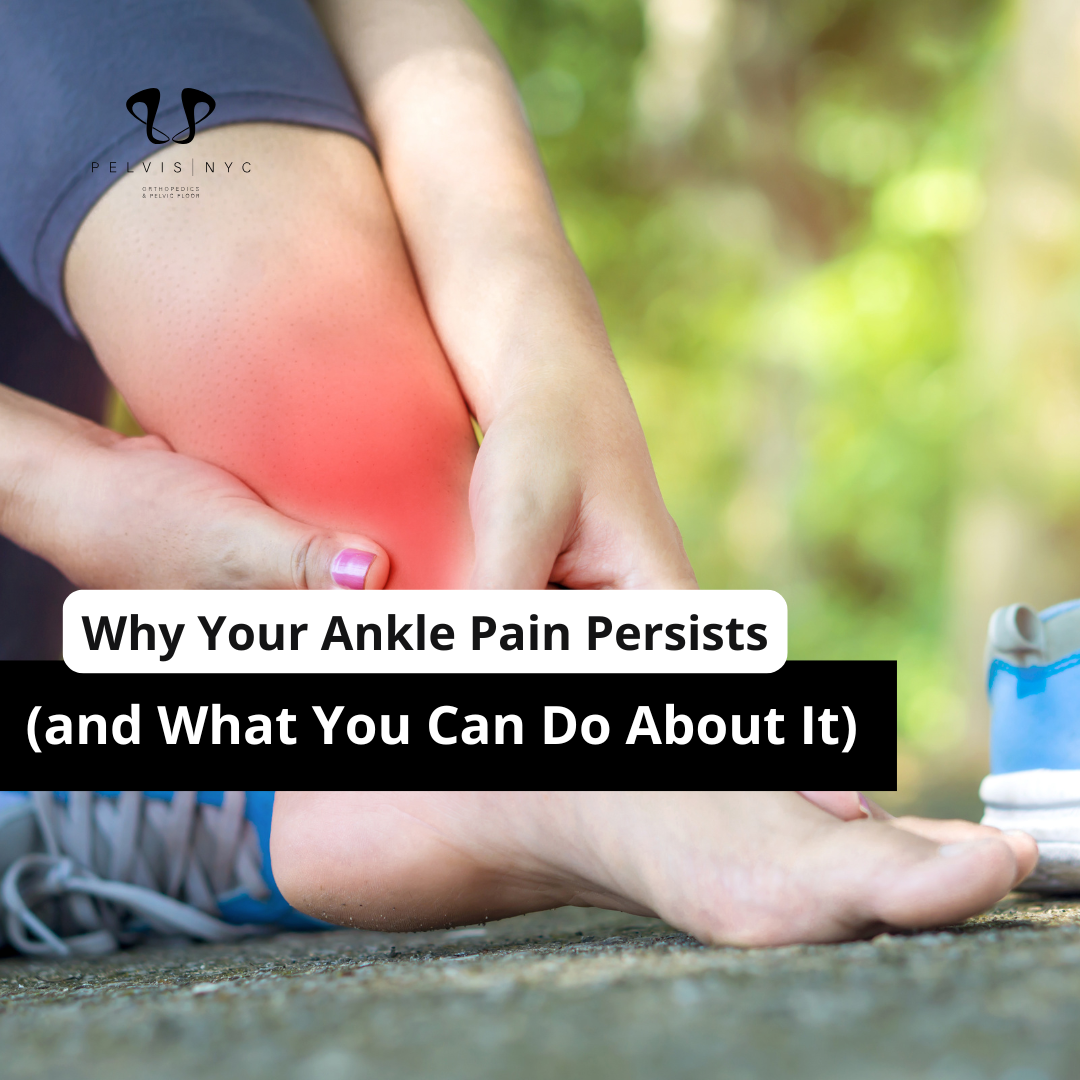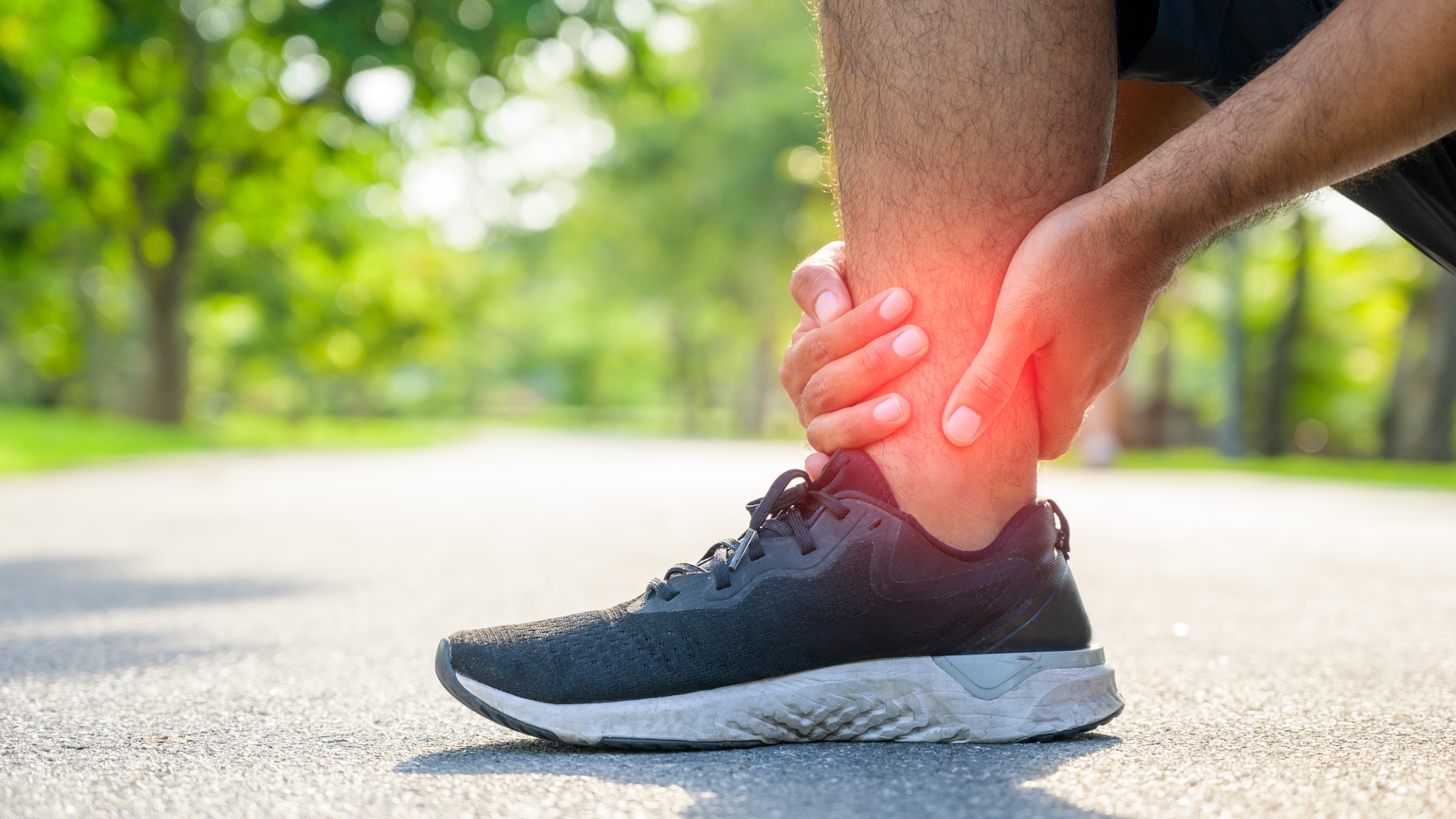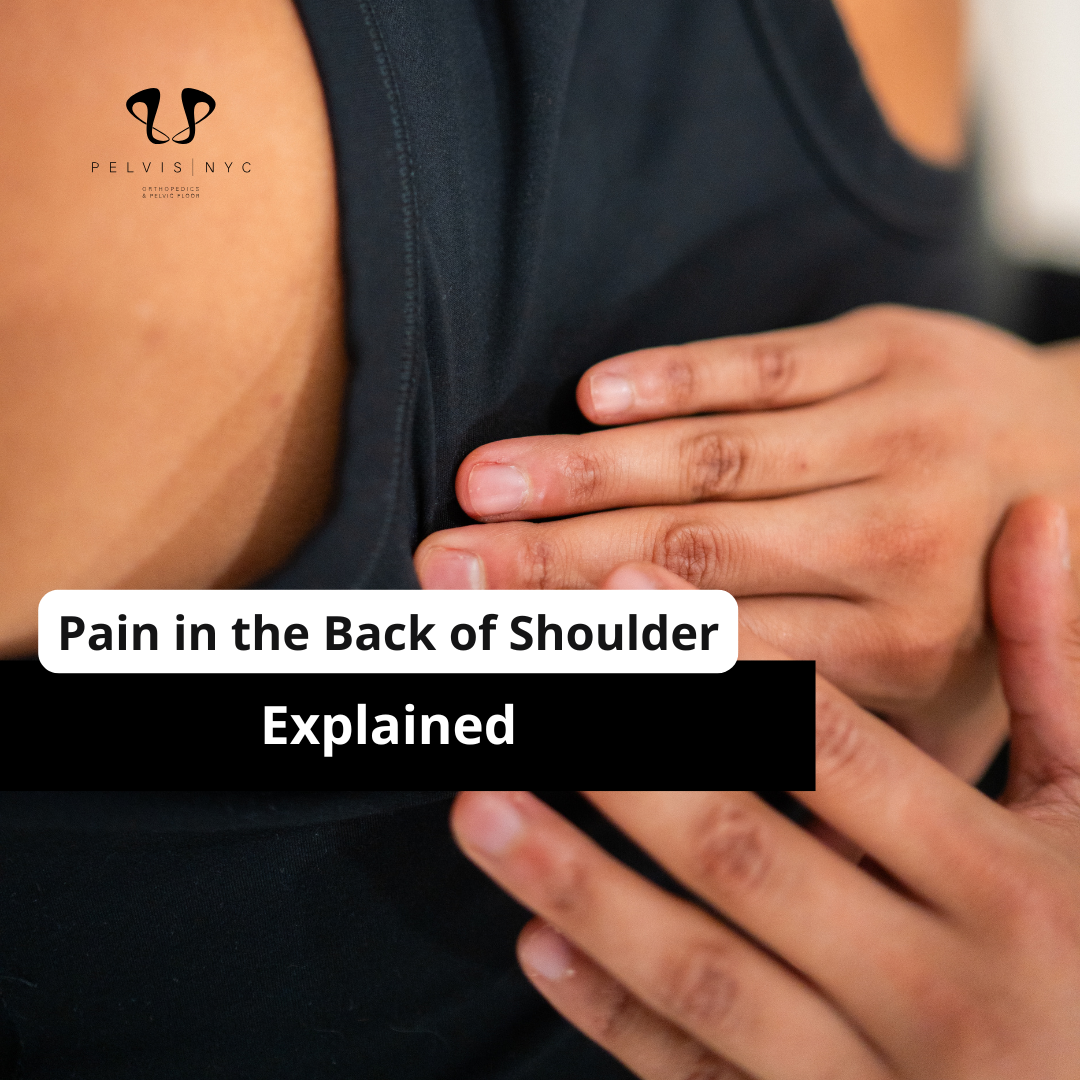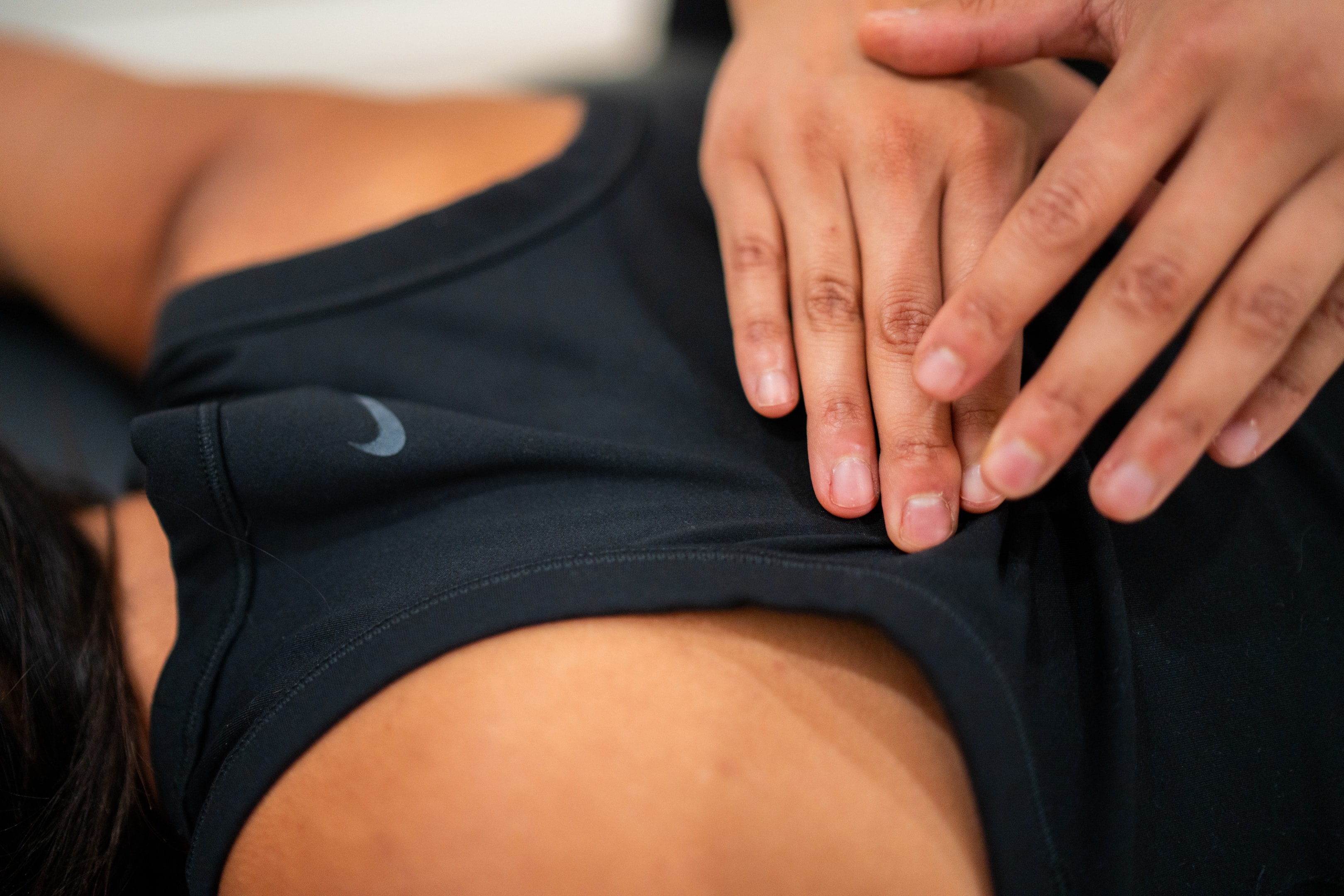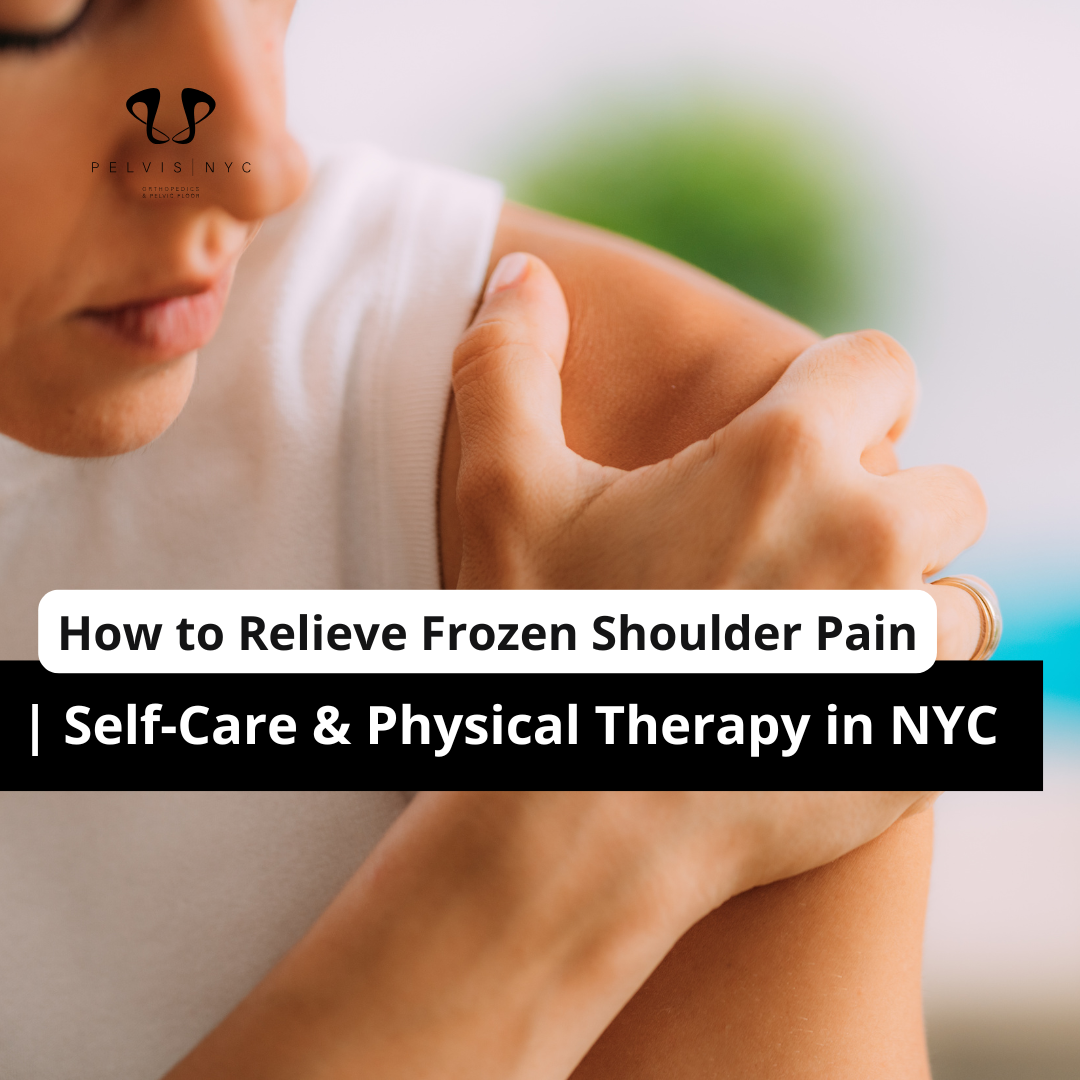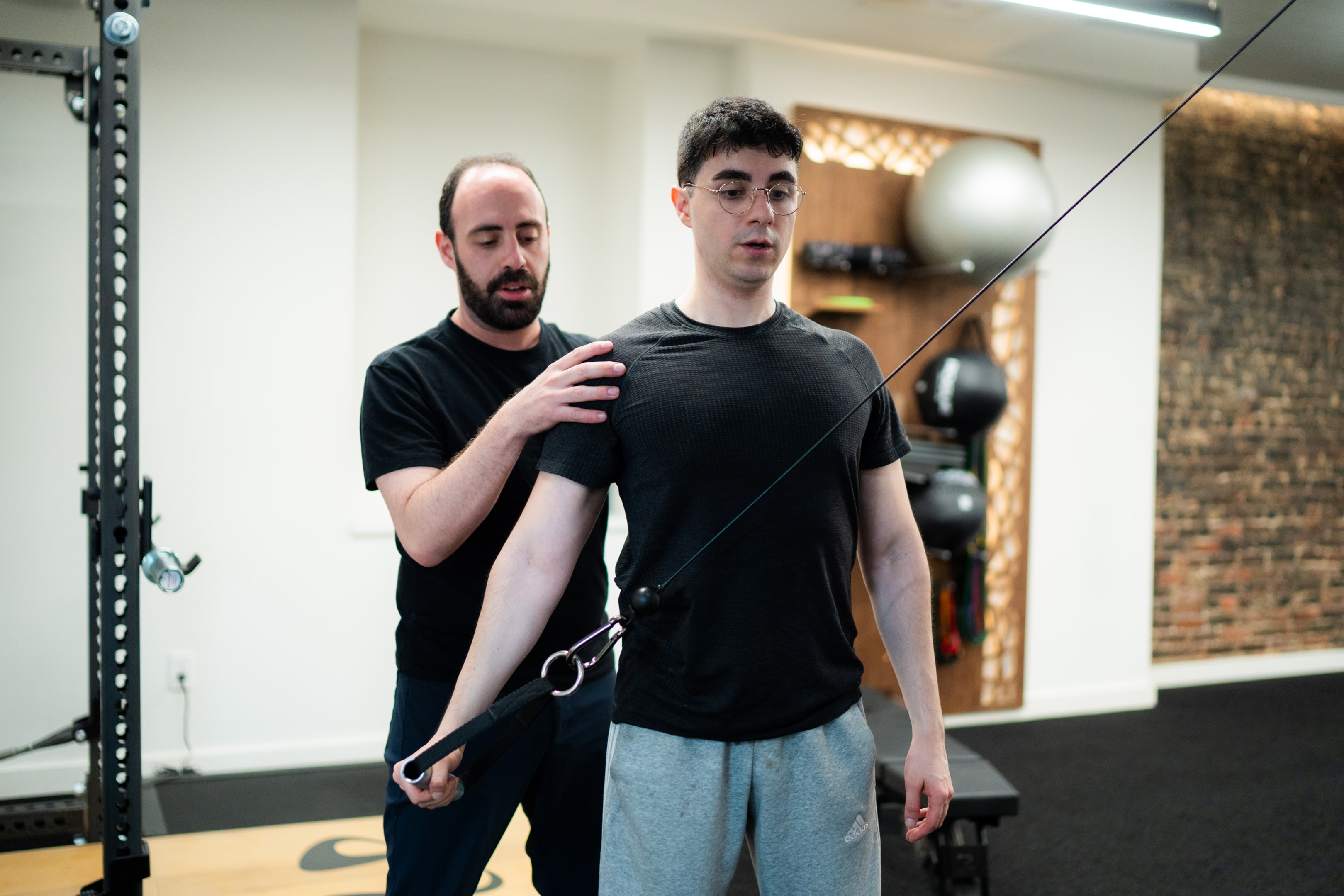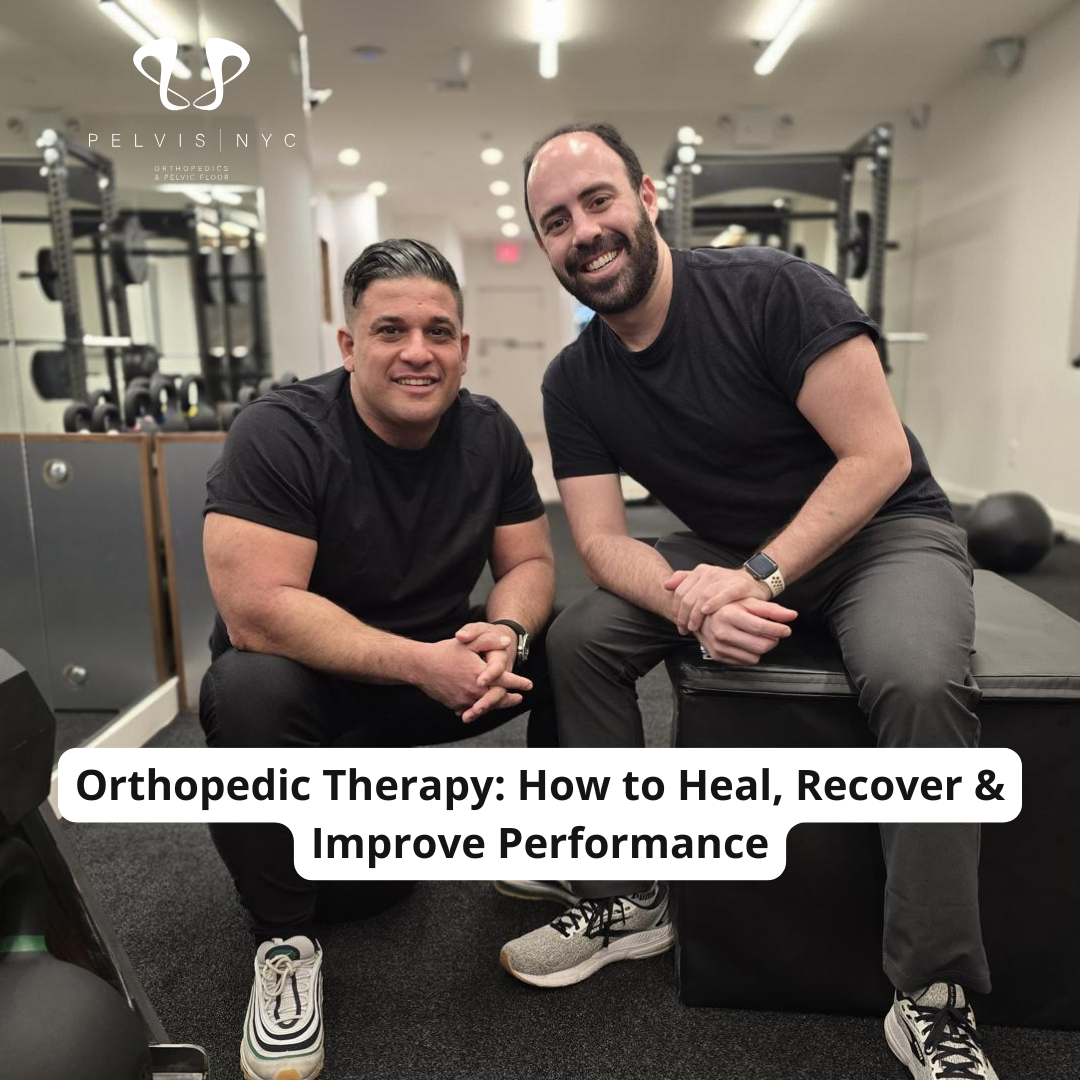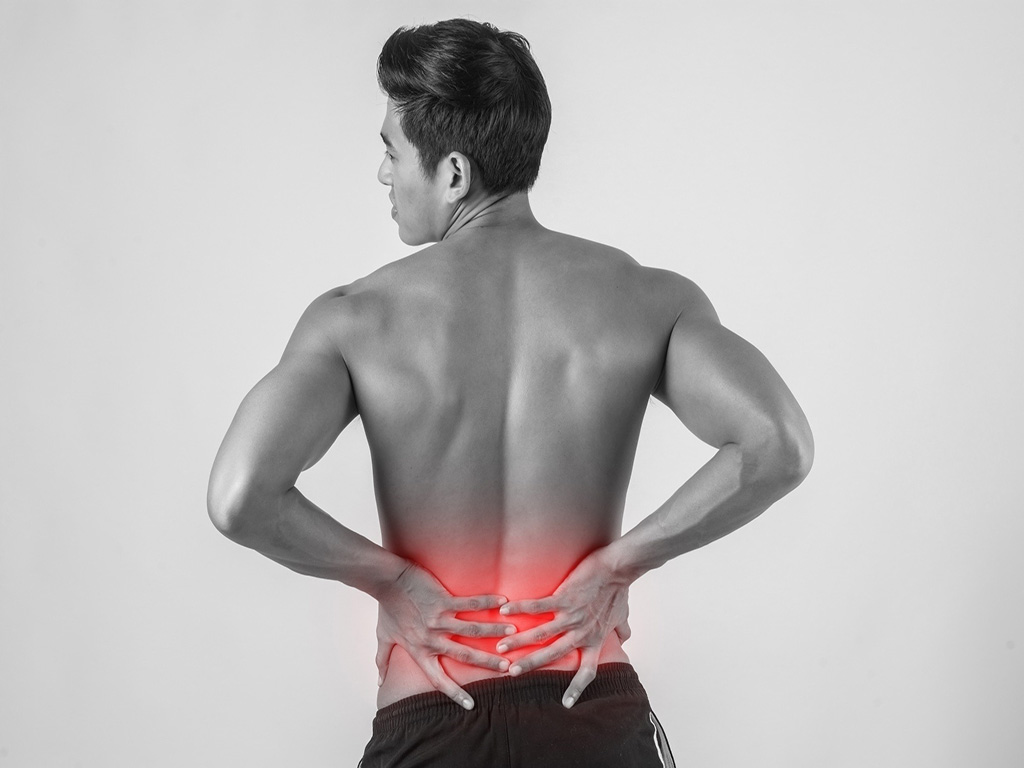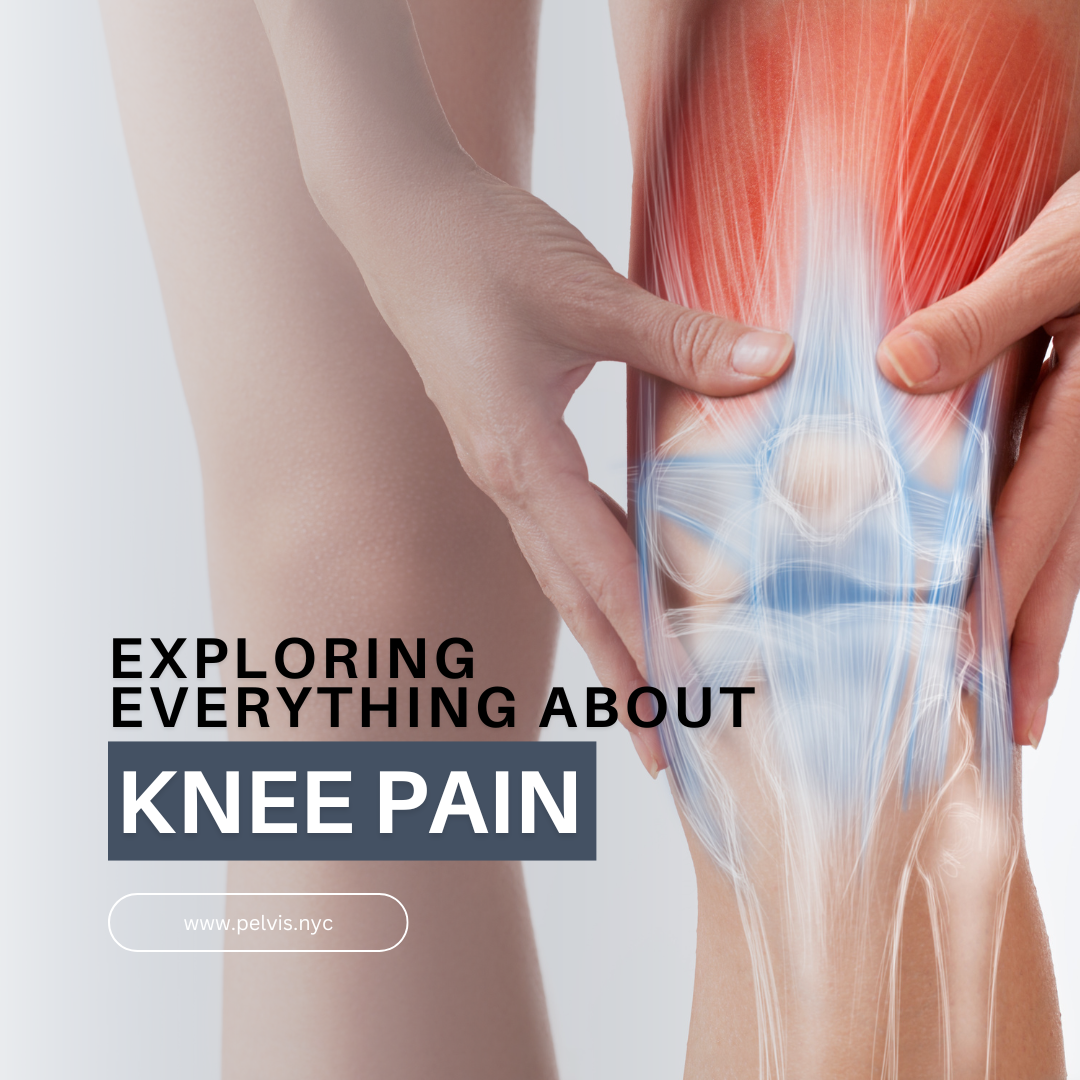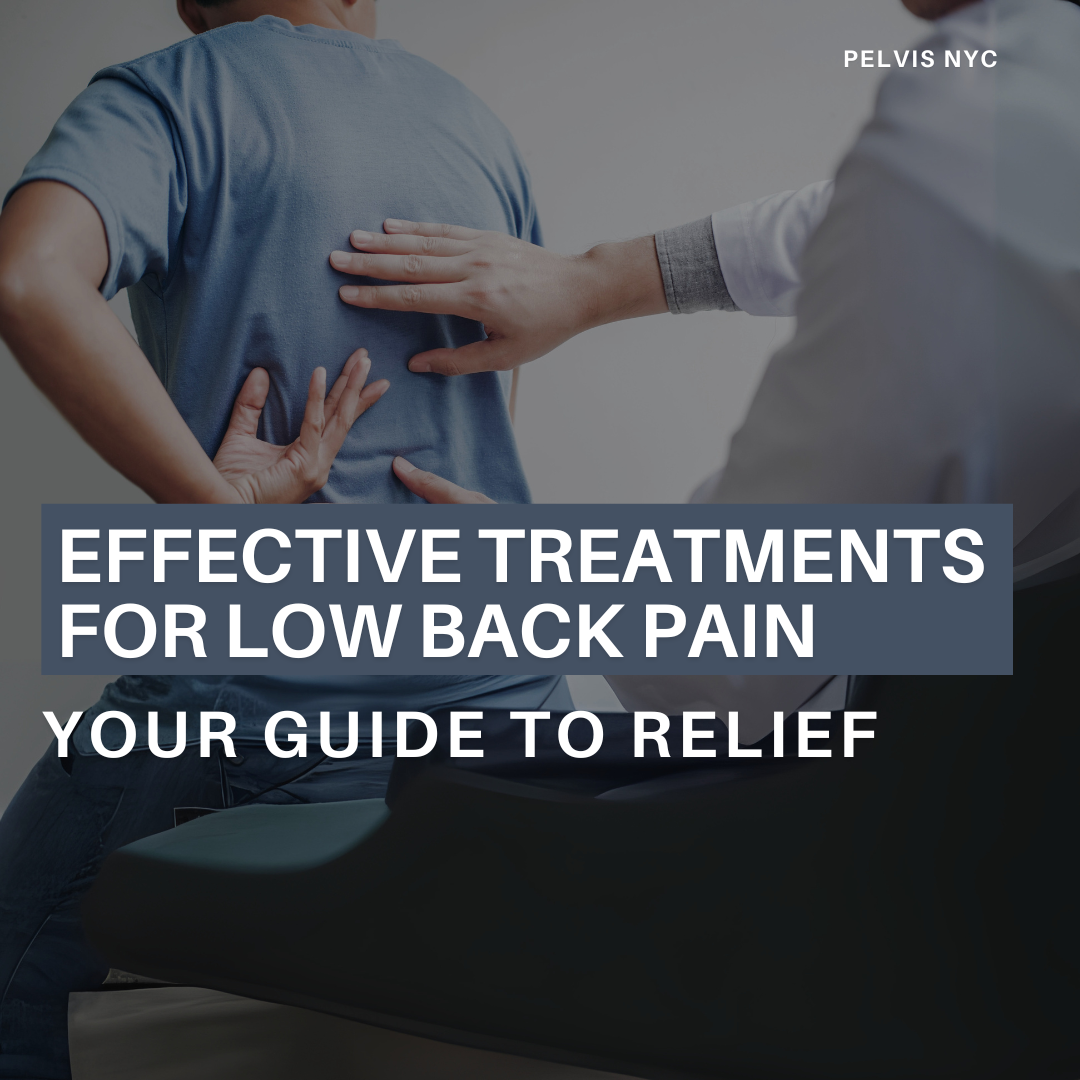We’ve all been there — that sharp, sudden “ouch!” moment when a muscle tightens or twinges mid-movement. Muscle pull and strain are examples of sudden injuries that often cause sudden pain, typically occurring during or immediately after an activity.
Whether it’s from a workout, lifting something heavy, or simply reaching the wrong way, a muscle pull and strain can happen to anyone. These are among the most common injuries people experience in daily life and physical activity. As a physical therapist, I see this every day — people frustrated, sore, and just wanting to move without pain again.
The good news? Most muscle strains heal remarkably well with the right care, patience, and effective movement strategy. Let’s talk about what’s really going on when you “pull a muscle,” how to tell the difference between mild and severe strains, and how physical therapy can get you back to doing what you love — safely.
What Is a Muscle Strain?
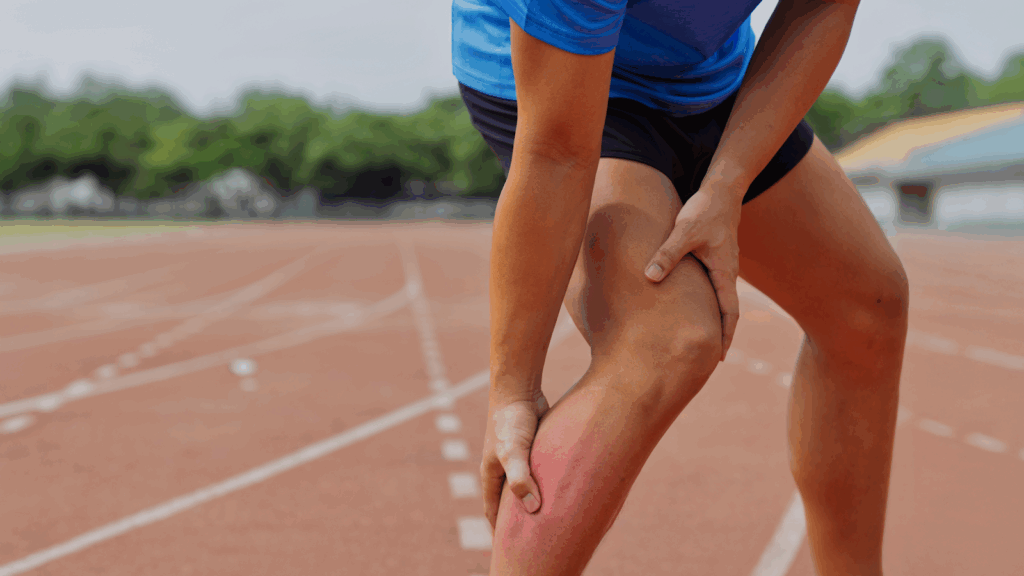
A muscle strain happens when muscle fibers stretch beyond their limits or tear. A strained muscle is an injury involving the stretching or tearing of muscle fibers, which make up the muscle tissue. This can occur suddenly during activity (an acute muscle strain) or develop gradually from repetitive stress (a chronic muscle strain).
You might hear people use terms like “pulled muscle” or “muscle tear” — they’re all describing the same thing: damaged muscle fibers within the affected muscle. In a muscle injury, the affected muscle’s tissue is damaged, and the severity can range from mild to severe depending on the extent of the injury. These injuries need time and care to recover.
Understanding Muscle Anatomy and Function
To truly understand why muscle strains occur, it helps to know a bit about how your muscles are built and how they work. Muscles are made up of bundles of muscle fibers, each surrounded by a protective layer of connective tissue. Inside these fibers are even smaller units called myofibrils, which are responsible for muscle contraction and movement.
When you engage in physical activity—whether it’s lifting, running, or even repetitive movements at work—your muscles contract and stretch to move your joints. However, if a muscle is pushed beyond its normal range, such as during a sudden movement or when you do too much physical activity without proper preparation, those muscle fibers can become overstretched or even tear. This is what we call a pulled muscle or muscle strain.
Chronic muscle strains often develop over time from repetitive movements, poor flexibility, or consistently overloading your muscles without enough rest. Understanding this anatomy and function is key to appreciating why taking care of your muscles—and not overdoing it—is so important for long-term health and injury prevention.
Understanding the Different Types of Muscle Strains
Not all muscle strains are the same — some are minor annoyances, while others can completely sideline you. Healthcare professionals classify a muscle pull and strain into three grades depending on how much damage has occurred. Understanding which one you’re dealing with helps set realistic expectations for recovery and guides your treatment plan.
Grade 1: Mild Muscle Strain
A mild strain involves a small number of overstretched or torn muscle fibers. You might feel a little tightness or soreness, especially when you stretch or move, but strength and function usually remain normal. With rest, gentle movement, and proper care, these typically heal quickly.
Grade 2: Moderate Muscle Strain
A moderate muscle strain means more fibers are damaged — sometimes even a partial tear. The area may swell or bruise, and you’ll likely notice pain or weakness when you try to use the muscle. Activities like lifting, running, or even walking might feel limited for a while. This level of strain benefits greatly from guided physical therapy to restore strength and flexibility safely.
Grade 3: Severe Muscle Strain
A severe muscle strain (or complete muscle rupture) occurs when the muscle or tendon fully tears. The pain can be sharp and immediate, often accompanied by swelling, bruising, or even a visible gap in the muscle. This injury requires prompt medical evaluation and, in some cases, surgical repair. But don’t lose hope — with a well-structured rehab program, full recovery is absolutely possible.
Whether your muscle strain is mild, moderate, or severe, early care makes a huge difference. The sooner you understand your injury and begin appropriate treatment, the faster you’ll get back to moving comfortably and confidently.
Muscle Pull vs. Strain: Is There a Difference?
In most cases, a pulled muscle and a muscle strain mean the same thing — a stretch or tear in the muscle. While muscle pulls and strains refer specifically to injuries of the muscle fibers, strains and sprains are both common injuries but affect different tissues: strains involve muscles or tendons, while sprains affect ligaments.
Ligament sprains, such as ankle sprains, are also frequent and are often confused with muscle strains. Ankle sprains are among the most common types of joint injuries, highlighting the importance of distinguishing between strains sprains and ligament sprains for proper treatment and recovery.
What matters most is the extent of the injury and how you care for it afterward.
How Muscle Strains Are Diagnosed
When you visit a healthcare provider (or a physical therapist), we’ll start with a medical history — how and when the injury happened, what movements make it worse, and what your daily activities look like.
Then, during a physical exam, which is the primary tool for diagnosing muscle injuries, we’ll assess swelling, tenderness, muscle strength, and range of motion. A muscle strain is diagnosed based on your history and findings from the physical exam; imaging is used if further clarification is needed. In some cases, imaging tests like magnetic resonance imaging (MRI) or ultrasound can help confirm the severity of the strain and rule out other injuries such as sprains and strains combined, especially when the diagnosis is uncertain or if surgical intervention is being considered.
Other symptoms, such as numbness, muscle weakness, or systemic signs, may indicate a more severe or related condition and should be discussed with your provider.
Common Risk Factors for Muscle Strains
While anyone can experience a muscle pull, certain factors increase your risk:
- Not warming up properly before activity
- Muscle fatigue or overuse
- Poor posture or movement mechanics
- Dehydration and lack of flexibility
- Sudden changes in exercise intensity or duration
Knowing your risk factors can help you prevent muscle strains in the future — which is something physical therapy focuses on just as much as recovery.
Acute vs. Chronic Muscle Strains
- Acute muscle strain: Happens suddenly, often during sports or lifting. Pain is immediate and sharp. Acute strains, also called acute muscle strains, often result from sudden injuries during physical activities or contact sports, such as football.
- Chronic muscle strain: Develops slowly from repetitive motion, poor movement patterns, or overtraining. The pain is often dull but persistent.
Both types can benefit from professional care — especially if they start interfering with your movement or comfort.
How Physical Therapy Helps With a Muscle Pull and Strain
This is where I get excited — because physical therapy is one of the most effective ways to recover from muscle strains and prevent them from happening again.
A physical therapist can help you:
- Relieve pain and swelling through targeted manual therapy and gentle stretching, and help manage muscle spasms and severe pain that may occur after a muscle strain
- Restore flexibility and strength safely, without risking re-injury
- Address underlying causes, such as muscle imbalances or poor movement patterns
- Educate you on prevention, so you don’t find yourself in this position again
- Provide appropriate treatment and proper treatment plans tailored to the severity of your injury, ensuring optimal healing and reducing the risk of complications
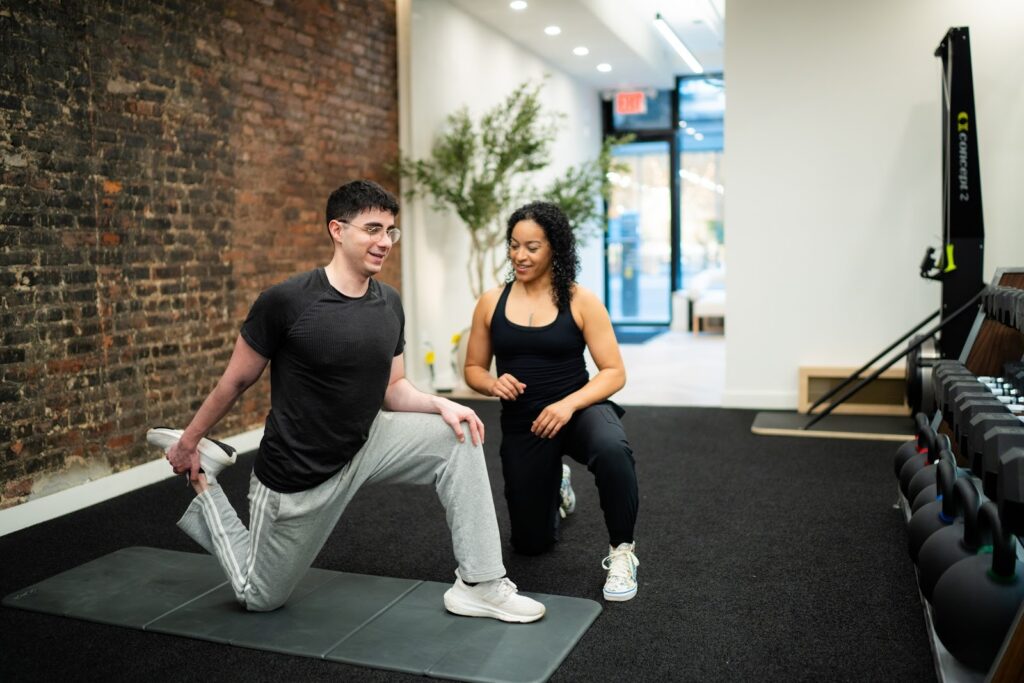
Physical therapy can also help minimize the impact of scar tissue that forms during the healing process, supporting better muscle regeneration and reducing the risk of future injury. More severe injuries may require a longer rehabilitation process and specialized care to ensure a safe and full recovery.
Every strain has its own story — and so does your recovery. The key is building resilience and moving with confidence again, not just rushing to get back to your routine.
Preventing Muscle Strains: Small Steps, Big Impact
A few daily habits can make a huge difference in keeping your muscles healthy and flexible:
- Always warm up before activity
- Stay hydrated and maintain good nutrition
- Stretch regularly, especially if you sit for long periods
- Listen to your body — if something feels off, rest before it becomes an injury
Returning to Activity After a Muscle Strain
Once you’ve experienced a muscle strain, it’s natural to want to get back to your favorite activities as soon as possible. However, giving your injured muscle the right amount of time to heal is crucial for a full recovery and to avoid more severe strains down the road.
The timeline for returning to physical activity depends on the severity of your muscle strain. Mild strains may heal within a few weeks, while moderate strains can take several weeks to a few months. Severe strains, especially those involving a partial or complete tear, may require several months of careful rehabilitation.
Ready to Move Without Pain After Muscle Pull and Strain?
If you’re dealing with a pulled muscle or a muscle strain that just won’t go away, know that help is closer than you think. At Pelvis NYC, our physical therapy team designs customized recovery plans that don’t just treat the injury — they teach your body how to move better, feel stronger, and stay injury-free.
Don’t let a muscle strain slow you down. Reach out to Pelvis NYC today and start your journey back to confident, pain-free movement.

